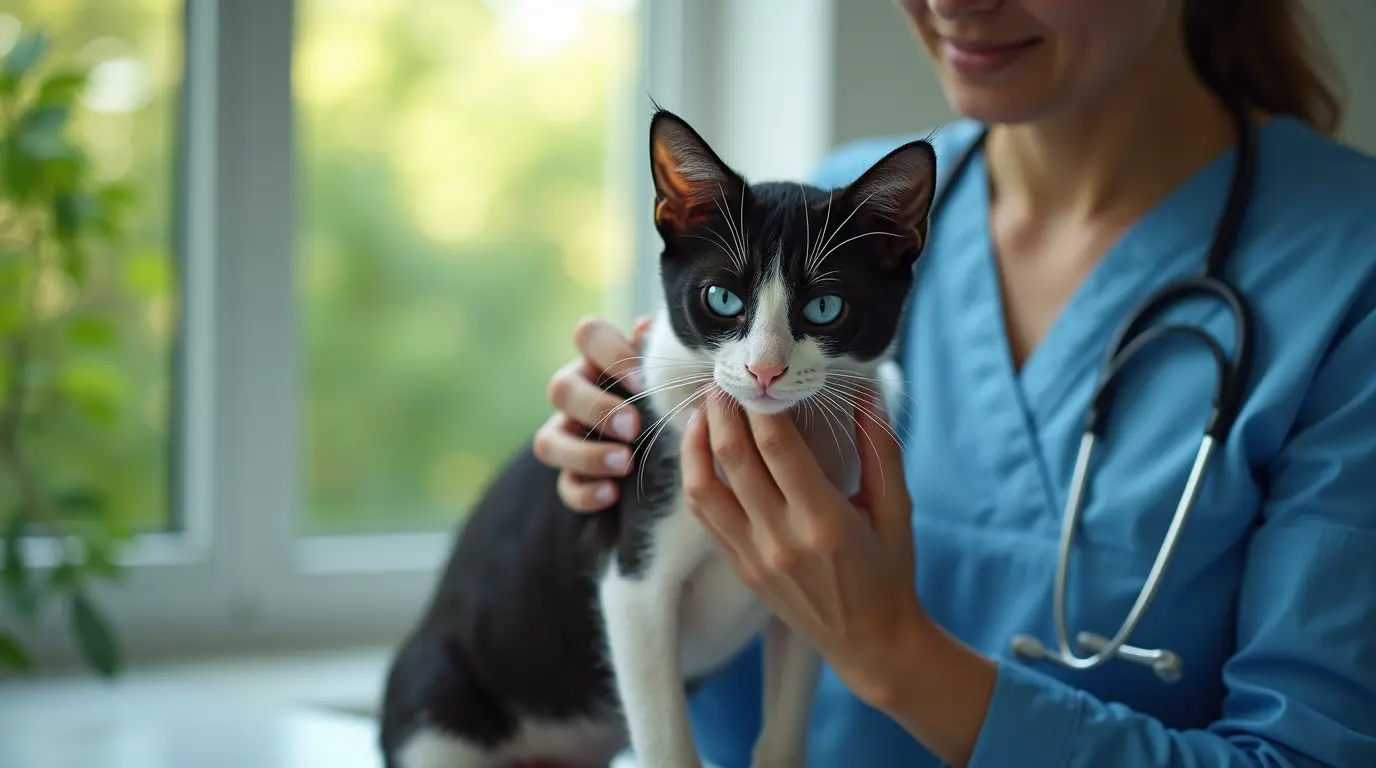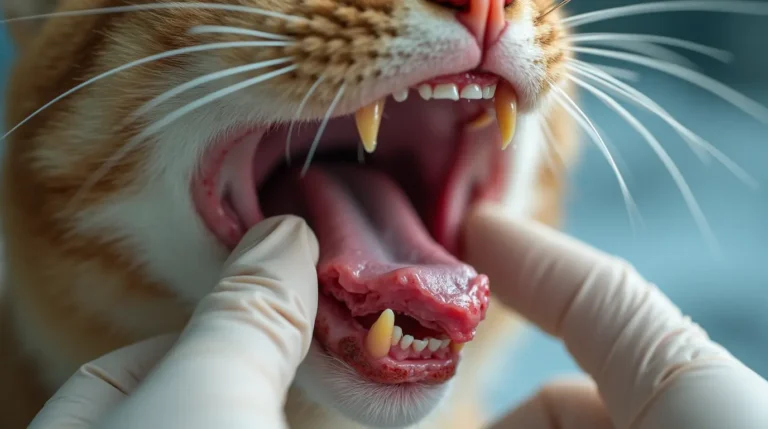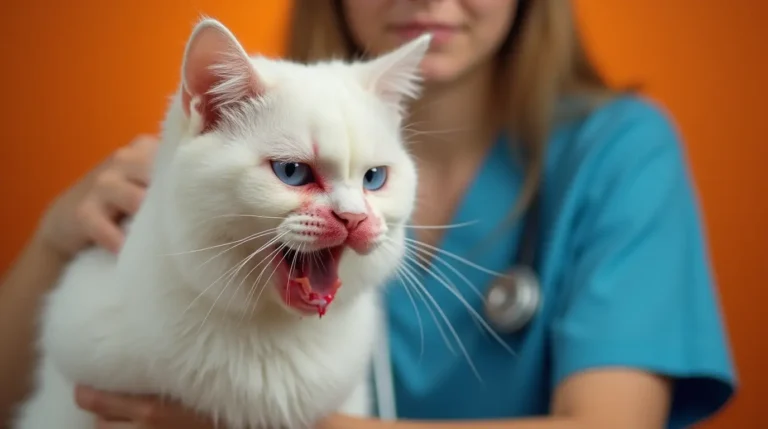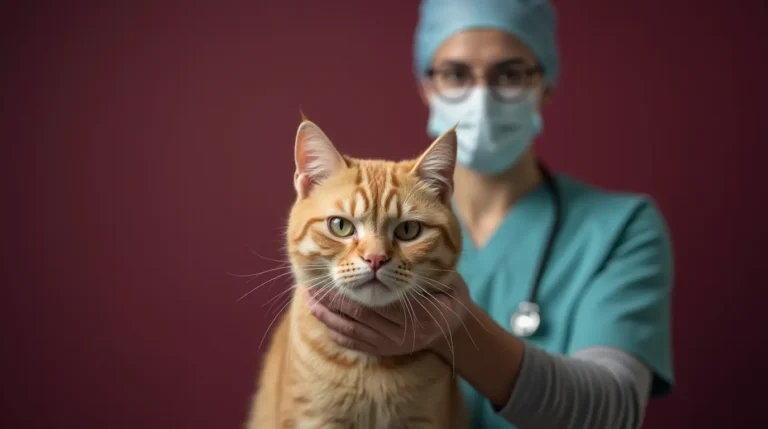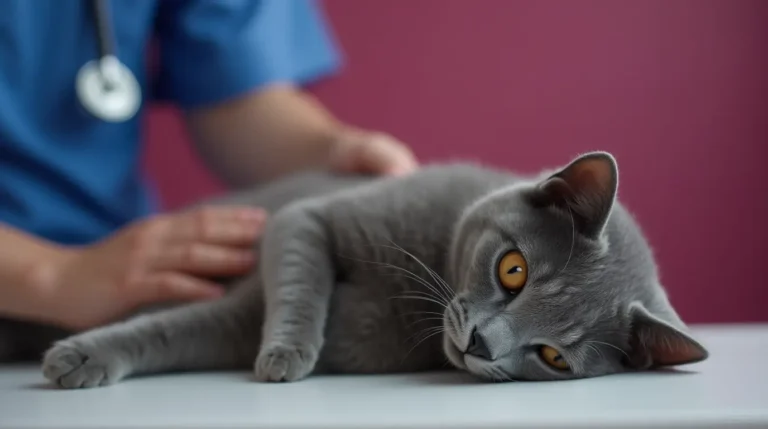Discover the 7 critical symptoms of Feline Panleukopenia Virus and learn life-saving treatment strategies to protect your beloved cat from this devastating disease.
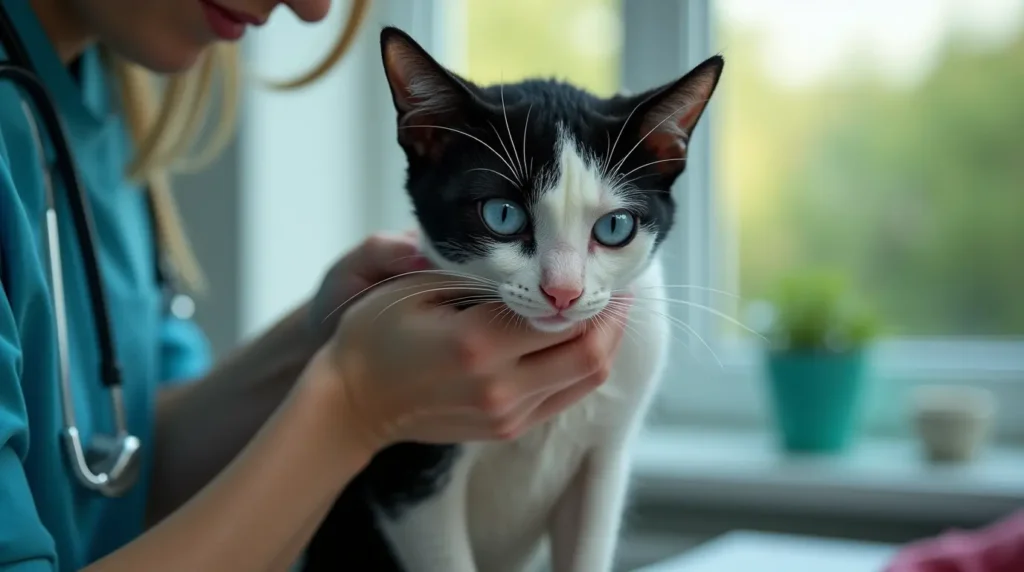
Table of Contents
Feline Panleukopenia Virus (FPV), also known as feline distemper, is a highly contagious and potentially fatal viral infection that strikes fear into the hearts of cat owners and veterinarians alike. This devastating disease can rapidly compromise a cat’s immune system, leading to severe health complications and even death if left untreated. Understanding the symptoms, transmission, and treatment of Feline Panleukopenia Virus is crucial for every cat owner and pet care professional.
What is Feline Panleukopenia Virus?
Feline Panleukopenia Virus is a highly resilient parvovirus that attacks the rapidly dividing cells in a cat’s body, particularly affecting the bone marrow, intestinal tract, and developing fetuses. Unlike many other viruses, FPV can survive in the environment for months, making it exceptionally challenging to eliminate.
Key Characteristics
- Extremely contagious among cats
- Survival rate of approximately 50-70% with prompt treatment
- Primarily affects unvaccinated cats and kittens
- Can spread through direct and indirect contact
7 Crucial Symptoms of Feline Panleukopenia Virus
1. Severe Gastrointestinal Distress
Cats infected with FPV often experience extreme gastrointestinal symptoms, including:
- Persistent, bloody diarrhea
- Intense vomiting
- Complete loss of appetite
- Significant weight loss
2. Dramatic Drop in White Blood Cell Count
The virus specifically targets white blood cells, leading to:
- Weakened immune system
- Increased vulnerability to secondary infections
- Potential long-term immune complications
3. High Fever and Temperature Fluctuations
Characteristic fever patterns include:
- Initial high fever (103-104°F)
- Rapid temperature drops as the disease progresses
- Potential hypothermia in advanced stages
4. Extreme Lethargy and Depression
Infected cats demonstrate:
- Profound lack of energy
- Complete withdrawal from social interactions
- Reluctance to move or engage with surroundings
5. Dehydration and Electrolyte Imbalances
Critical signs of dehydration include:
- Dry, tacky gums
- Reduced skin elasticity
- Sunken eyes
- Decreased urination
6. Neurological Complications
Advanced FPV can cause:
- Tremors
- Lack of coordination
- Potential seizures
- Altered mental state
7. Reproductive Complications
In pregnant cats, FPV can result in:
- Spontaneous abortion
- Stillborn kittens
- Congenital disabilities
- Potential sterility
Diagnosis and Treatment Strategies
Diagnostic Approaches
- Comprehensive blood panel
- Viral antigen testing
- Fecal examination
- Physical examination
Treatment Protocols
- Intensive Supportive Care
- Intravenous fluid therapy
- Electrolyte replacement
- Nutritional support
- Symptom management
- Medication
- Anti-nausea drugs
- Antibiotics to prevent secondary infections
- Pain management
- Potential blood transfusions
- Isolation and Infection Control
- Complete quarantine
- Thorough environmental disinfection
- Strict hygiene protocols
Prevention is Key: Vaccination Strategies
Recommended Vaccination Schedule
- First vaccination: 6-8 weeks of age
- Booster shots: Every 3-4 weeks until 16 weeks old
- Annual revaccination recommended
Recommended Pet Products on Amazon
- Veterinary-Approved Disinfectant Spray
- High-Nutrient Recovery Liquid Diet for Cats
- Disposable Protective Cat Isolation Gear
- Advanced Feline First Aid Kit
Frequently Asked Questions (FAQ)
Q1: How quickly does Feline Panleukopenia Virus progress? A: The virus can progress rapidly, often within 24-48 hours, making immediate veterinary intervention critical.
Q2: Can humans contract Feline Panleukopenia Virus? A: No, this virus is species-specific and cannot be transmitted to humans.
Q3: What is the survival rate for cats with FPV? A: With prompt and aggressive treatment, 50-70% of cats can recover, though kittens and older cats have lower survival rates.
Conclusion
Understanding Feline Panleukopenia Virus is essential for protecting your feline companions. Early detection, immediate veterinary care, and comprehensive prevention strategies can make the difference between life and death.
Have you dealt with Feline Panleukopenia Virus? Share your experiences and insights in the comments below!
Disclaimer: This article is for informational purposes and should not replace professional veterinary advice. Always consult with a qualified veterinarian for specific health concerns.
Call-to-Action
Explore more expert pet care tips and comprehensive guides at BlithePet Your trusted resource for pet health and wellness!

